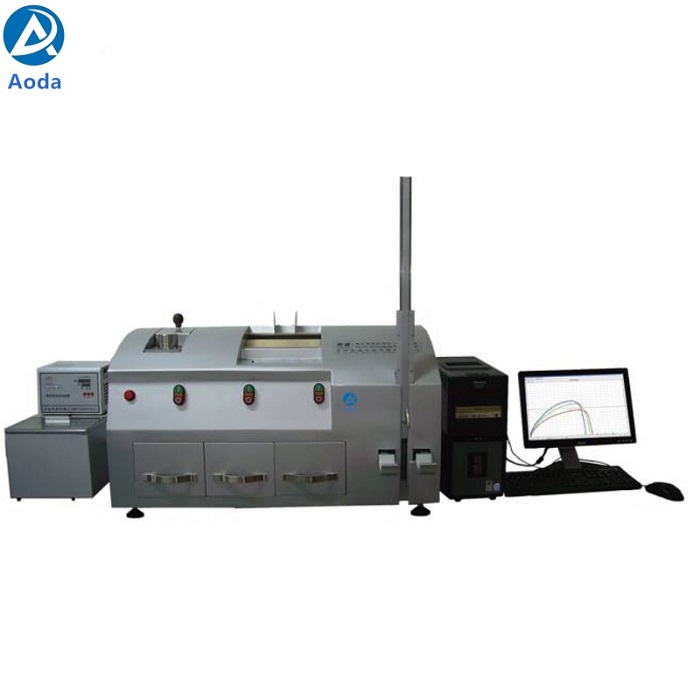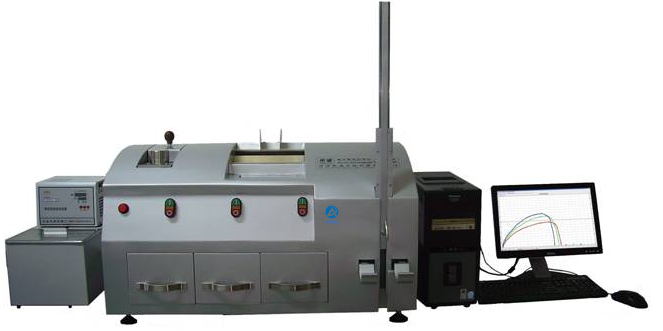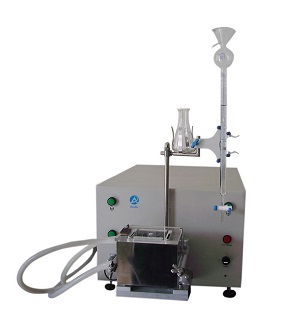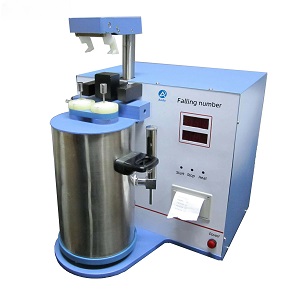
Aoda Dough tension tester | Dough Extensometer
The dough extensometer is mainly used to measure the gluten strength of flour and the improvement effect of flour improvers....
- Fast Delievery
- Quality Assurance
- 24/7 Customer Service
Aoda Dough tension tester | Dough Extensometer
The dough extensometer is mainly used to measure the gluten strength of flour and the improvement effect
of flour improvers. The instrument uses a high-performance and high-precision weighing sensor to measure
the dough's tensile resistance, which is accurate and reliable. It can display up to 5 sets of tensile curves at the
same time, making it easy to compare their differences.
The Dough extensometer is mainly used to detect and control the quality of wheat and wheat flour in the
process of wheat breeding, business acquisition, storage, flour processing, food production, etc. It is widely
used in quality inspection institutions, quality supervision departments, wheat breeding units, grain acquisition
and storage enterprises, grain and food processing enterprises and other fields.

After wheat flour is kneaded into dough with salt water in the kneading bowl of the farinograph, it is
kneaded into balls, rolled into strips, and allowed to rest at a constant temperature in the electronic
stretching instrument. Then the fixture containing the dough is placed on the measuring system bracket,
and the pulling rod and the noodle hook move downward at a fixed speed. The dough is stretched with the
noodle hook and deformed by the tensile force until it breaks. The recorder automatically records the tensile
force and tensile changes of the dough due to the force, and the tensile resistance and elongation of the
dough are evaluated from the obtained tensile curve.

1. The electronic dough stretching instrument adopts a drawer-type dough proofing box with spring and oil
damping guide rails, which opens gently and smoothly.
2. The closed arc shape has the function of dustproof and heat preservation, and the appearance is beautiful,
stable and generous.
3. Up to 5 sets of stretching curves can be displayed at the same time, which is convenient for comparing
differences.
4. The results are saved in Access database format for easy reference.
5. The electronic sensor is used to measure the stretching resistance, which is accurate and reliable.
6. The program automatically calibrates the zero point and automatically starts drawing.
7. The computer collects and analyzes the data, which is simple and efficient.

| Sample weight | 300g flour + 6g salt + distilled water |
| Dough kneading machine speed | 83±2r/min, automatically stops after 20r |
| Spinning machine speed | 15±1r/min |
| Noodle hook speed | 1.45±0.05cm/s |
| Unit resistance | 12.3±0.3mN/Eu |
| Tensile test method | electronic pressure sensor |



| Gluten tester | E-Farinograph | Falling number tester |
 |  |  |
CONTACT NOW


